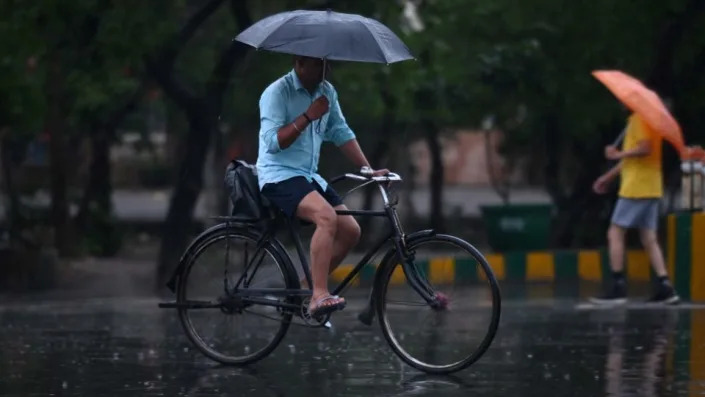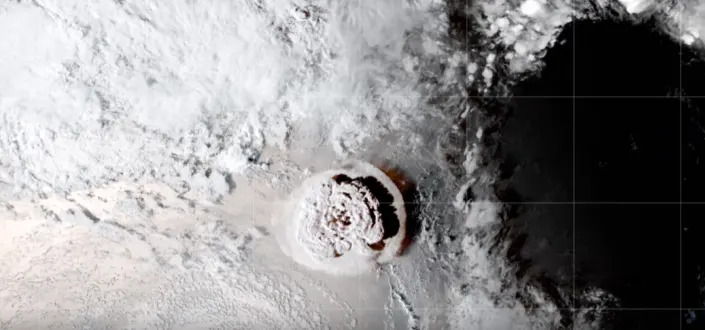UK
Hospital consultants to take industrial action in pay rowAlan Jones, PA Industrial Correspondent
Tue, 27 June 2023
Hospital consultants in England are set to take industrial action next month after voting heavily in favour in a dispute over pay.
More than 24,000 members of the British Medical Association (BMA) backed industrial action by 86% on a turnout of 71%, well above the legal threshold of 50%.
The BMA said that unless the government makes a “credible offer” which can be put to its members, they will take part in industrial action on July 20 and 21 – just days after junior doctors in England are due to strike for five days over pay.
The BMA said take-home pay for consultants in England has fallen by 35% since 2008/2009.
The consultants’ industrial action will take the form of Christmas Day cover, meaning that most routine and elective services will be cancelled but full emergency cover will remain in place.
The BMA said it announced its planned dates for industrial action six weeks before the potential action so that consultants and their colleagues were able to put in early plans to manage patient lists and prioritise urgent patient care in the event of a successful ballot.
Dr Vishal Sharma, BMA consultants committee chair, said: “We know consultants don’t take the decision around industrial action lightly, but this vote shows how furious they are at being repeatedly devalued by Government. Consultants are not worth a third less than we were 15 years ago and have had enough.
“Consultants don’t want to have to take industrial action, but have been left with no option in the face of a Government that continues to cut our pay year after year. However, it is not too late to avert strike action and the Government simply needs to come back to us with a credible offer that we can put to our members.
“We are simply asking for fairness to ensure that there is a pay settlement that begins to reverse the real-terms pay decline that we have suffered and a commitment to fully reform the pay review process to ensure that it can make truly independent recommendations in the future that take into account historical losses so that we don’t find ourselves in this situation again.
“But if they refuse, it is with a heavy heart that we will take action next month. We will prioritise patient safety and continue to provide emergency care, in-keeping with the level of services available on Christmas Day.”
It comes just hours after the threat of more strikes by nurses ended because a ballot on further industrial action failed to meet the legal threshold.
The Royal College of Nursing said 84% of its members who voted backed more strikes.
But only 43% took part in the ballot, so it failed to reach the legal threshold of 50% required by the 2016 Trade Union Act.
Dr Sharma added: “Consultants are the NHS’s most experienced, highly-skilled clinicians, and are responsible not just for providing specialist care to patients, but also leading entire services and training the doctors of the future.
“The Government can and must fix consultant pay now and for the future. Failure to do so will lead consultants to leave the NHS and the country, or towards retirement before their time.
“The loss of this expertise would be devastating for services, patients and the future of the NHS.”
News of the consultants’ ballot result emerged just hours after Prime Minister Rishi Sunak hosted health chiefs in Downing Street to discuss the NHS workforce plan, due to be published later this week.
Representatives from NHS England, NHS Providers and the royal colleges, including the RCN’s Pat Cullen, were among those who attended the meeting.
The Prime Minister’s official spokesman said it was a “positive meeting” but issues around pay were not covered during the talks.
A Department of Health and Social Care spokesperson said: “We hugely value the work of NHS consultants and it is disappointing the BMA consultants have voted to take strike action. Consultants received a 4.5% pay uplift last financial year, increasing average earnings to around £128,000, and they will benefit from generous changes to pension taxation announced at budget.
“Strikes are hugely disruptive for patients and put pressure on other NHS staff. We’ve been engaging with the BMA consultants committee on their concerns already and stand ready to open talks again – we urge them to come to the negotiating table rather than proceeding with their proposed strike dates.

(PA Graphics)
“We urge the BMA to carefully consider the likely impact of any action on patients.”
Sir Julian Hartley, chief executive of NHS Providers, said: “Trust leaders, staff and patients are dreading industrial action by consultants next month hard on the heels of a five-day strike by junior doctors.
“A double whammy of consultants resorting to two days of ‘Christmas Day cover’ – meaning they will provide emergency care but routine work will be paused – and a full walkout by junior doctors days earlier in the longest single strike ever seen in the NHS means disruption for many thousands of patients and yet more pressure on overstretched services. This is a huge risk for the NHS to manage.
“July will be the eighth consecutive month of industrial action across the NHS. More than 651,000 routine operations and appointments have had to be postponed already since December due to industrial action across the NHS with knock-on delays for many thousands more.
“We understand how strongly doctors feel – the high turnout in the consultants’ vote shows just how strongly – and why they are striking.
“Trust leaders will continue to do everything they can to limit disruption and keep patients safe, but that’s getting harder and more expensive with every strike.
“These strikes don’t have to go ahead. There’s still time for the Government and the doctors’ unions to settle their differences and find a way through.
“The urgency can’t be overstated. Trust leaders want the Government and unions to sit down, facilitated by a third party if necessary, to find a way to end strikes.”
Shadow health secretary Wes Streeting called it an “unmitigated disaster of the Government’s making”, adding that the “risk to patients and the NHS is intolerable”.
“Rishi Sunak cannot continue to sit back like a passive observer and let this go ahead. He must now get the doctors in for immediate negotiations to bring these strikes to an end.
“If Rishi Sunak has time to negotiate honours with Boris Johnson, he can negotiate with NHS doctors.”
“The Government can and must fix consultant pay now and for the future. Failure to do so will lead consultants to leave the NHS and the country, or towards retirement before their time.
“The loss of this expertise would be devastating for services, patients and the future of the NHS.”
News of the consultants’ ballot result emerged just hours after Prime Minister Rishi Sunak hosted health chiefs in Downing Street to discuss the NHS workforce plan, due to be published later this week.
Representatives from NHS England, NHS Providers and the royal colleges, including the RCN’s Pat Cullen, were among those who attended the meeting.
The Prime Minister’s official spokesman said it was a “positive meeting” but issues around pay were not covered during the talks.
A Department of Health and Social Care spokesperson said: “We hugely value the work of NHS consultants and it is disappointing the BMA consultants have voted to take strike action. Consultants received a 4.5% pay uplift last financial year, increasing average earnings to around £128,000, and they will benefit from generous changes to pension taxation announced at budget.
“Strikes are hugely disruptive for patients and put pressure on other NHS staff. We’ve been engaging with the BMA consultants committee on their concerns already and stand ready to open talks again – we urge them to come to the negotiating table rather than proceeding with their proposed strike dates.

(PA Graphics)
“We urge the BMA to carefully consider the likely impact of any action on patients.”
Sir Julian Hartley, chief executive of NHS Providers, said: “Trust leaders, staff and patients are dreading industrial action by consultants next month hard on the heels of a five-day strike by junior doctors.
“A double whammy of consultants resorting to two days of ‘Christmas Day cover’ – meaning they will provide emergency care but routine work will be paused – and a full walkout by junior doctors days earlier in the longest single strike ever seen in the NHS means disruption for many thousands of patients and yet more pressure on overstretched services. This is a huge risk for the NHS to manage.
“July will be the eighth consecutive month of industrial action across the NHS. More than 651,000 routine operations and appointments have had to be postponed already since December due to industrial action across the NHS with knock-on delays for many thousands more.
“We understand how strongly doctors feel – the high turnout in the consultants’ vote shows just how strongly – and why they are striking.
“Trust leaders will continue to do everything they can to limit disruption and keep patients safe, but that’s getting harder and more expensive with every strike.
“These strikes don’t have to go ahead. There’s still time for the Government and the doctors’ unions to settle their differences and find a way through.
“The urgency can’t be overstated. Trust leaders want the Government and unions to sit down, facilitated by a third party if necessary, to find a way to end strikes.”
Shadow health secretary Wes Streeting called it an “unmitigated disaster of the Government’s making”, adding that the “risk to patients and the NHS is intolerable”.
“Rishi Sunak cannot continue to sit back like a passive observer and let this go ahead. He must now get the doctors in for immediate negotiations to bring these strikes to an end.
“If Rishi Sunak has time to negotiate honours with Boris Johnson, he can negotiate with NHS doctors.”
























